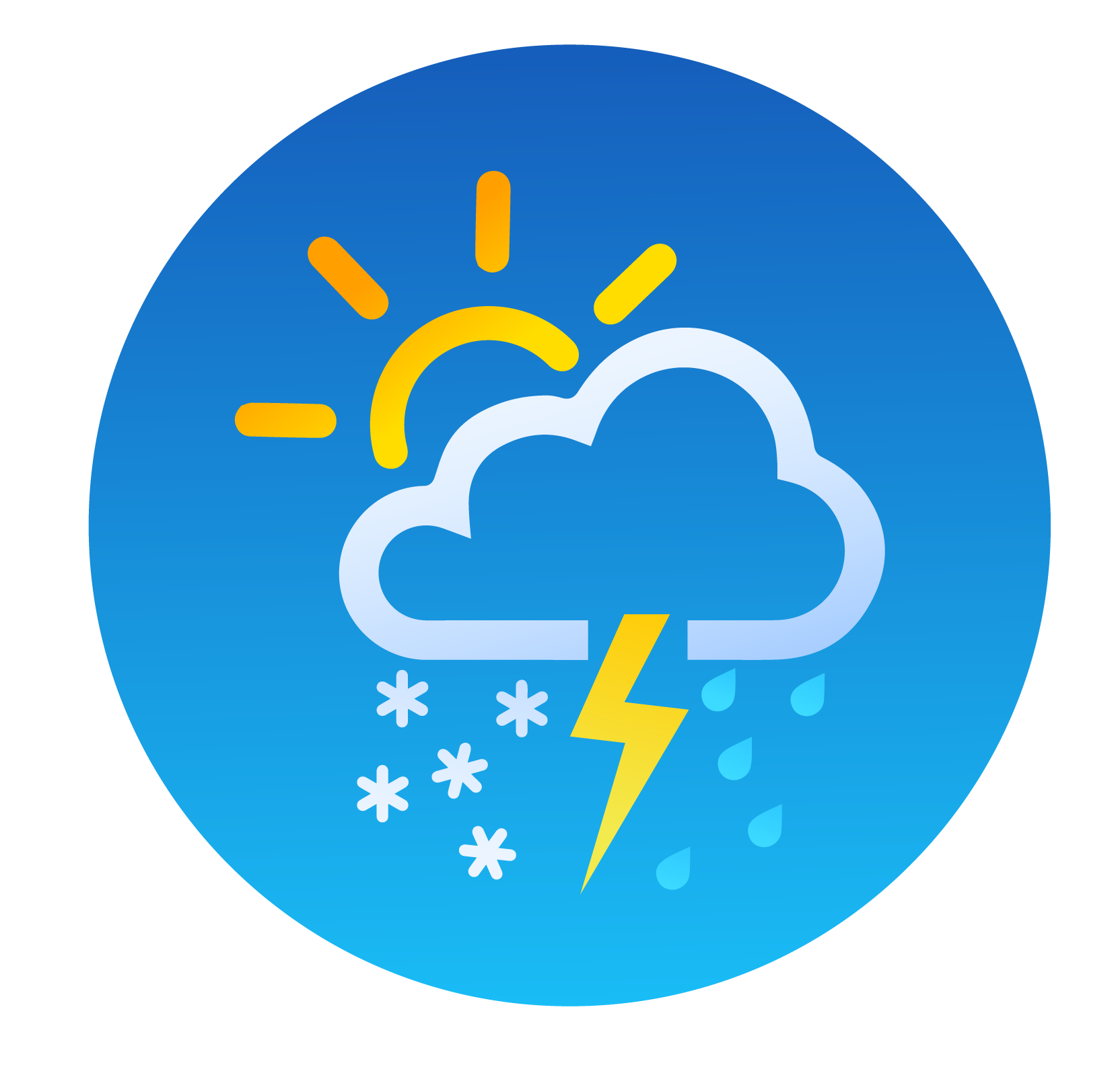The protective ozone layer is slowly but surely being replenished at a rate that would completely fill the hole over Antarctica in nearly 43 years, says a new United Nations report.
The scientific assessment that takes place once every four years found that the ozone layer is in the process of being renewed, more than 35 years after every country in the world agreed to stop producing chemicals that damage it in the Earth’s atmosphere that protects the planet from radiation. harmful related to skin cancer, and crop damage.
“In the upper stratosphere and in the ozone hole we see that things are getting better,” said Paul Newman, co-author of the scientific assessment.
Progress is slow, according to the report presented Monday at the American Meteorological Society convention in Denver. The global average amount of ozone 30 kilometers high in the atmosphere will not return to pre-depletion levels in the 1980s by 2040, the report said. And it won’t return to normal in the Arctic until 2045.
Antarctica, where the layer is so thin it has a giant hole, won’t be fully fixed until 2066, the report said.
Scientists and environmentalists around the world have long hailed efforts to repair the ozone hole — which came as a result of a 1987 agreement called the Montreal Protocol that banned a group of chemicals often used in refrigerators — as a of the greatest ecological victories for mankind. .
“Action to protect the ozone sets a precedent for the action we must take on the climate. Our success in phasing out ozone-depleting chemicals shows us what we can and must do to move away from fossil fuels, reduce greenhouse gases and limit temperature rise,” he said in a statement. statement by the Secretary General of the World Meteorological Organization Prof. Petteri Taalas.
Signs of improvement were reported four years ago, but were small and more tentative. “The recovery figures are now very strong,” Mr Newman said.
The two main ozone-depleting chemicals are at the lowest levels in the atmosphere, said Mr. Newman, the principal scientist at NASA’s Goddard Space Flight Center. Chlorine levels have fallen 11.5% since they peaked in 1993, and bromine, which is more efficient at damaging ozone but is in lower levels in the air, has fallen 14.5% since its peak in 1999. -, says the report.
“There has been a big change in the way our society deals with ozone-depleting substances,” said science panel co-chair David W. Fahey, director of the US National Oceanic and Atmospheric Administration’s chemical sciences laboratory.
Natural weather patterns in Antarctica also affect ozone hole levels, which peak in autumn. And the last two years, the holes have been a little bigger because of the weather, but the overall trend is one of recovery, Mr. Newman said.
This is “saving 2 million people every year from skin cancer”, the director of the United Nations Environment Program Inger Andersen told the Associated Press agency.
The report also warned that efforts to artificially cool the planet by placing aerosols in the atmosphere to reflect sunlight would thin the ozone layer by up to 20% in Antarctica.







